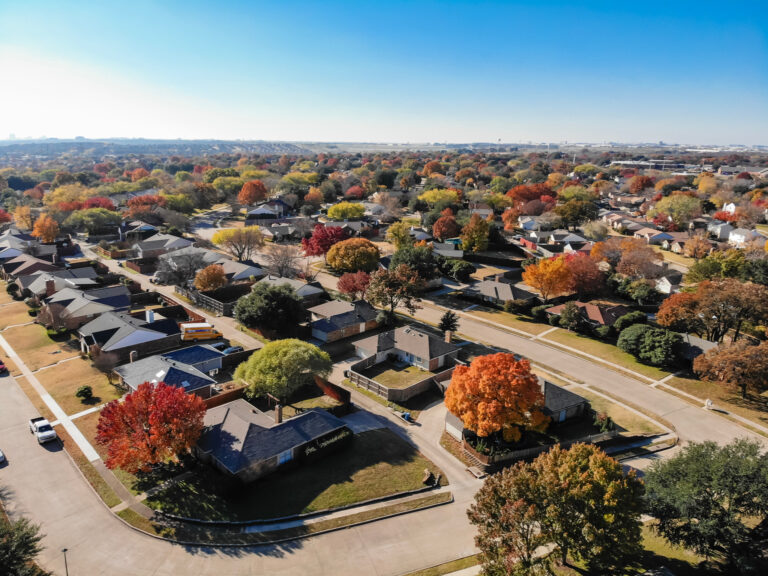
Introduction: Property ownership is often described as a bundle of rights in real estate. Understanding this concept is essential for anyone involved in real estate transactions, as it forms the foundation of property ownership rights. This blog post will delve into the bundle of rights, its components, and its significance in property ownership.
What is the Bundle of Rights? The bundle of rights refers to the comprehensive collection of legal rights that come with owning real property. These rights encompass a wide range of privileges and powers that allow property owners to use, enjoy, and dispose of their property as they see fit. The bundle of rights concept recognizes that property ownership is not a singular right but a combination of various rights that can be individually exercised or transferred, providing a robust framework for property owners.
Components of the Bundle of Rights: The bundle of rights typically includes the following elements:
- Right to Use: Property owners have the right to use their property in any lawful manner that does not infringe on the rights of others. This includes the right to occupy, reside in, and utilize the property for personal or commercial purposes.
- Right to Possess: Property owners can possess and control their property, excluding others from using or occupying it without permission. This right ensures that owners have exclusive access to their property and can exercise control over its use.
- Right to Enjoyment: Property owners can enjoy the benefits and amenities associated with their property. This includes the right to receive income or profits generated by the property, such as rental income or agricultural yields.
- Right to Transfer: Property owners can transfer ownership of their property to others through sale, gift, or inheritance. This right allows owners to convey their property interests to third parties and dispose of their property as they see fit.
- Right to Exclude: Property owners can exclude others from entering or using their property without permission. This right enables owners to protect their privacy, security, and enjoyment of their property from unauthorized intrusions.
Significance of the Bundle of Rights: The bundle of rights is a fundamental concept in property law and serves as the basis for defining property ownership rights. Understanding the components of the bundle of rights is not just theoretical knowledge, it’s practical wisdom. It helps clarify the scope of property owners’ rights and responsibilities, as well as the limitations imposed by law. This concept also informs legal principles related to property use, possession, transfer, and enforcement of property rights, equipping property owners with the knowledge they need to protect their interests.
Conclusion: The bundle of rights is a cornerstone concept in property law, defining the collection of rights and privileges that come with property ownership. By recognizing the components of the bundle of rights and understanding their significance, property owners can navigate real estate transactions with clarity and confidence, ensuring the protection of their property interests and legal rights.











































